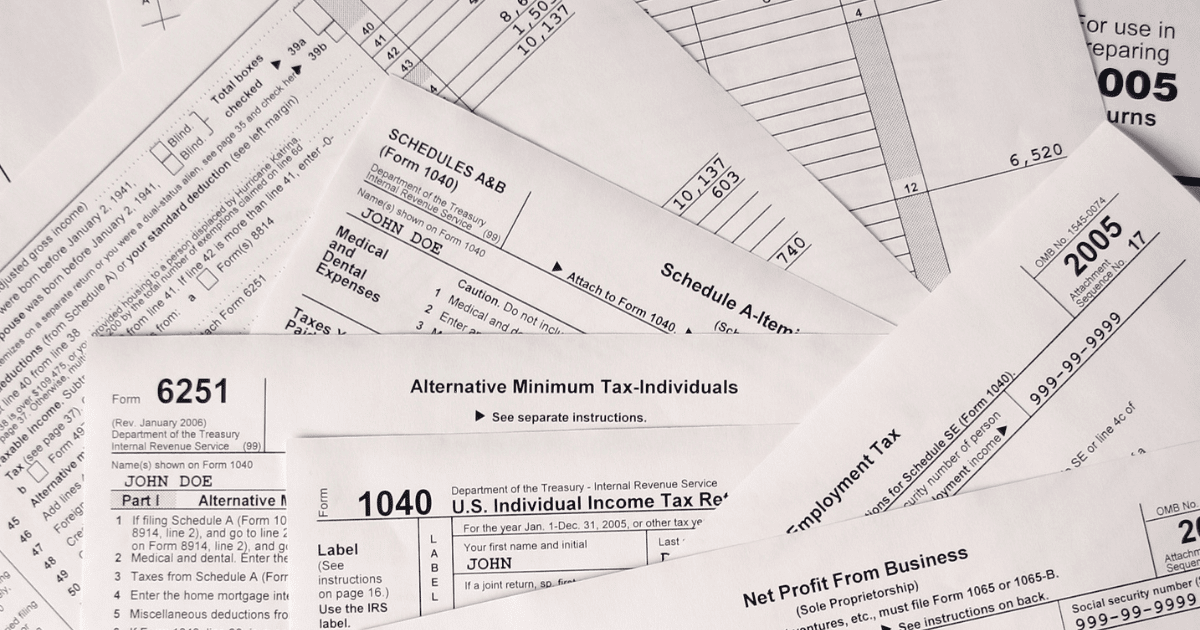Good Reminders About Individual Retirement Accounts - IRA's
Friday, September 30, 2022 | By: John A. Cocklereece, Jr. & Travis Woolen
The IRS recently published some good summary information about the different types of, and different rules applicable to, IRAs. IRAs are perhaps one of the most common retirement planning vehicles, so it is good to be reminded of the basic ins and outs.
IRAs provide tax incentives for people to make investments that can provide financial security when they retire. These accounts can be with a bank or other financial institution, a life insurance company, mutual fund, or stockbroker.
Here are some things to know about a traditional IRA:
A traditional IRA is a tax-advantaged personal savings plan where
- Contributions may be tax deductible.
- Generally, the money in a traditional IRA isn’t taxed until it’s withdrawn.
- There are annual limits to contributions depending on the person’s age and the type of IRA.
- When planning when to withdraw money from an IRA, taxpayers should know that:
- They may face a 10% penalty and a tax bill if they withdraw money before age 59½ unless they qualify for an exception.
- Usually, they must start taking withdrawals from their IRA when they reach age 72. For tax years 2019 and earlier, that age was 70½.
- Special distribution rules apply to IRA beneficiaries.
Roth IRAs are like traditional IRAs, but there are some important differences:
A Roth IRA is another tax-advantaged personal savings plan with many of the same rules as a traditional IRA but there are exceptions:
- A taxpayer can’t deduct contributions to a Roth IRA.
- Qualified distributions are tax-free.
- Roth IRAs don’t require withdrawals until after the death of the owner.
Here are a few other types of IRAs:
- Savings Incentive Match Plan for Employees. A SIMPLE IRA allows employees and employers to contribute to traditional IRAs set up for employees. It is suited as a start-up retirement savings plan for small employers not currently sponsoring a retirement plan.
- Simplified Employee Pension. A SEP IRA is set up by an employer. The employer makes contributions directly to an IRA set up for each employee.
- Rollover IRA. This is when the IRA owner receives a payment from their retirement plan and deposits it into a different IRA within 60 days.
More information about IRAs can be found in these IRS publications, accessed on the IRS website at IRS.gov:
Publication 590-A, Contributions to Individual Retirement Arrangements
Publication 590-B, Distributions from Individual Retirement Arrangements
Topic No. 557, Additional Tax on Early Distributions from Traditional and Roth IRAs
Topic No. 413, Rollovers from Retirement Plans
Topic No. 451, Individual Retirement Arrangements






0 Comments